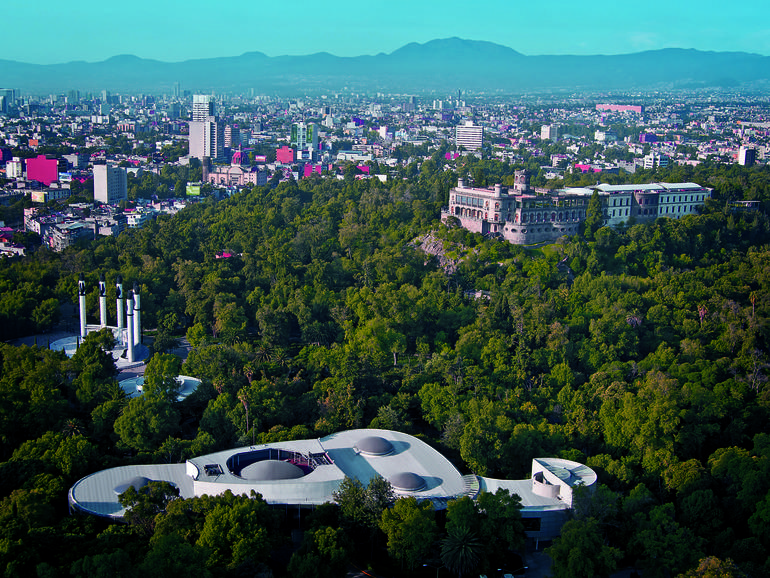
An ecological and cultural urban oasis
Containing nine museums, a zoo, an amusement park, and a variety of green recreational spaces located near popular commercial districts, Chapultepec Park is an invaluable ecological oasis, and a cultural, social, and civic space for Mexico City's residents and visitors.
Many strands of Mexican history are interwoven with the park’s history, with public figures such as Nezahualcóyotl, Moctezuma, Hernán Cortés, Maximiliano, Porfirio Díaz, and Lázaro Cárdenas directly connected to Chapultepec Park.
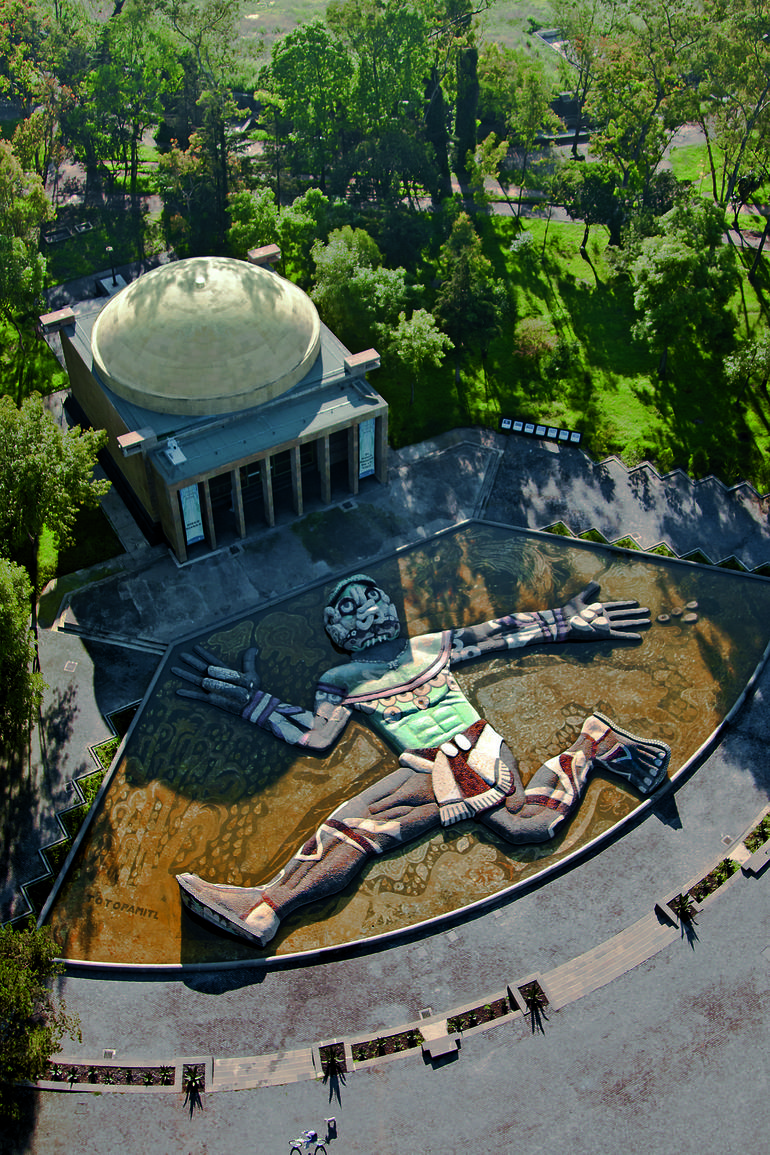
2016 World Monuments Watch
The inclusion of Chapultepec Park on the 2016 World Monuments Watch supports the ongoing efforts to restore the park’s environmental balance, functionality, and beauty, and to highlight its heritage values.
WMF and the Chapultepec Trust are collaborating to restore a nineteenth-century gatehouse building in Chapultepec Park through 2016 and 2017. WMF is grateful to American Express for their support of this project. The restored building will be used as a museum and orientation center, providing visitors with information about the park’s significant history and architecture, the rehabilitation program, and the variety of cultural programs hosted throughout the year.
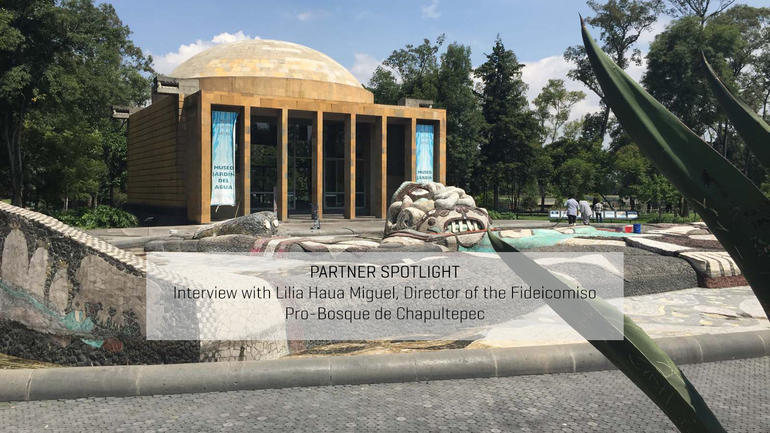
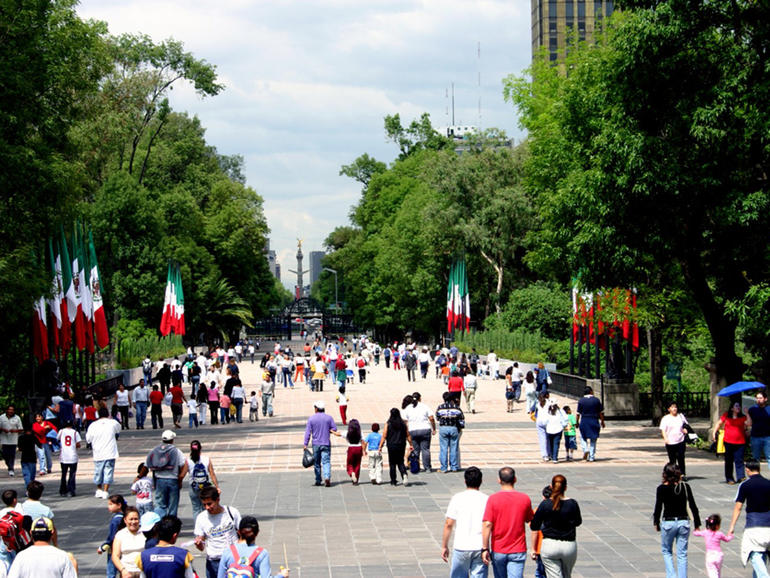
WMF: What is the Fideicomiso Pro-Bosque de Chapultepec and why was it founded?
Lilia Haua Miguel (LHM): El Fideicomiso Pro-Bosque de Chapultepec—meaning the Chapultepec Park Trust—was established in 2004 with a firm commitment to preserving, restoring, and rehabilitating Mexico City’s Chapultepec Park. Founded by a group of businessmen and women who volunteer their time in managing the organization, the Trust seeks to improve the park and transform it into a space for public recreation, enjoyment, and fellowship.
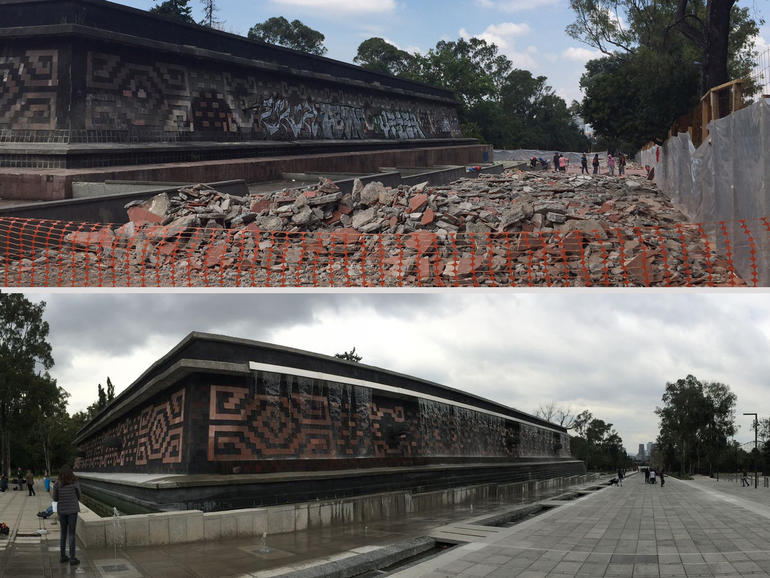
WMF: What is the Trust’s approach to the Chapultepec Park’s rehabilitation?
LHM: In collaboration with other major Chapultepec stakeholders like the Citizen Guiding Council and the Mexico City government, the Trust devised a master plan to restore the park’s environmental balance while simultaneously preserving its historic and aesthetic significance for the city and all of Mexico.
The master plan has four main goals: improving pedestrian mobility, improving water and storm water infrastructure, incorporating new services, and encouraging environmental restoration. The extraordinary achievements to date have encouraged us to continue working hard to rescue our magnificent Chapultepec Park.
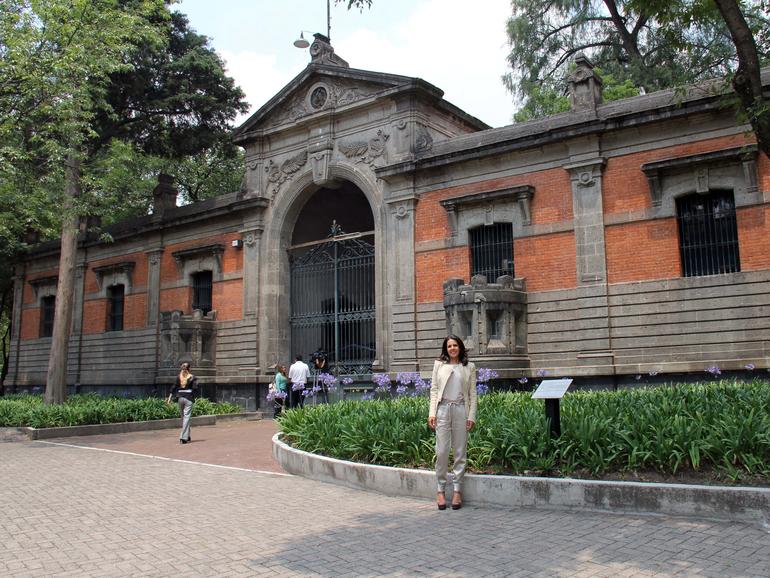
WMF: What is the vision for the gatehouse (Site Museum)? Why did the Trust choose it as a priority project?
LHM: The Site Museum is an old building of 300m2. Built in the early nineteenth century and modified in the early twentieth century, it served as the access point to the Military School in 1910.
The objective is to recover, enhance, and reactivate the gateway to the old military college, turning the space into a Site Museum where the public will be offered general information about the park and its activities.
It was chosen by the Trust, since it is a beautiful designated historic monument and its condition (at the time of inclusion on the 2016 Watch) [was] really deteriorated . . . The building had been modified for offices and storage, and not properly maintained. Despite being structurally sound, the ad hoc modifications to the interior, such as the addition of a second level indoors, made the building susceptible to seismic damage.
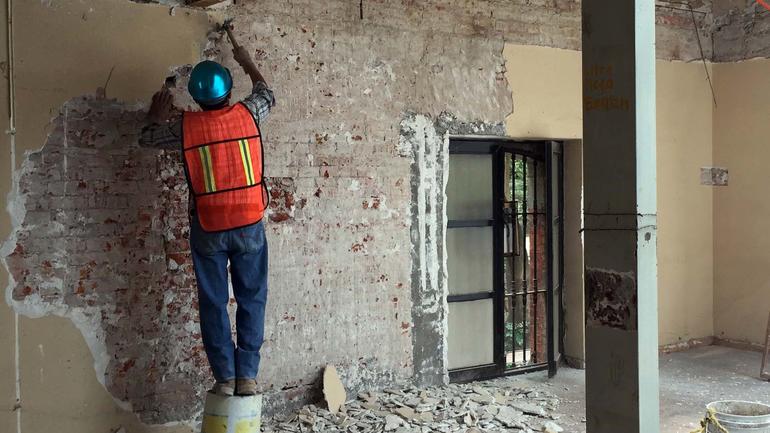
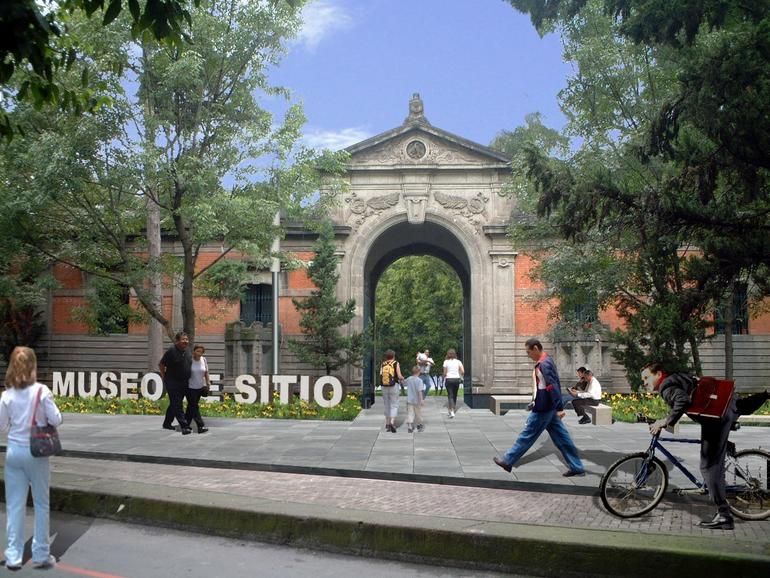
WMF: What are the social benefits to rehabilitating the park and the gatehouse?
LHM: Since Chapultepec Park receives more than 18 million visitors per year, it is fundamental for visitors to have a space where they can obtain information about the park, its history, flora and fauna, and the main programs and activities that are going on throughout Chapultepec Park. The space will become a visitor center.
Chapultepec Park is one of the places most cherished by Mexicans. It is a clearly loved place for historical and symbolic reasons that unites and brings Mexican families together on a daily basis. If there is an emblematic place in this city, it would have to be Chapultepec, our park: its trees, avenues, fountains, and monuments belong to all of us.

WMF: Can you share any personal anecdotes about why you are actively working on the rehabilitation of the park?
LHM: Chapultepec Park is the heart of Mexico City. Every Mexican has a story to tell about Chapultepec; it is a very special place where all of us [have] lived and experienced a moment to remember and share. [Whether it’s related to] sports, romance, family, recreational activities, [or] friends, it is an essential part of our lives.
My house where I grew up was 20 meters away from the park. My dad used to say that I was a very lucky girl because I had the most wonderful garden anyone can afford in this world. And it was true.
Many years later I became the CEO of the Chapultepec Park Trust. For me there is no better job than to rehabilitate the park and share it with thousands of families and visitors that come every single day to the park. We have a responsibility to improve and preserve it for future generations.

“Great cities are admired for their outstanding sites and public spaces. Let’s work together to preserve, treasure, and exalt this ancient park which shows Mexico City’s grandeur, so that future generations will also enjoy Chapultepec’s wonders, and so that it continues being the source of clean air for the city, an important center for the preservation of flora and fauna, a space for culture and arts, and one of the most emblematic sites around the world.”
- Lilia Haua Miguel, Director of the Fideicomiso Pro-Bosque de Chapultepec
The inclusion of Chapultepec Park on the 2016 World Monuments Watch supports the ongoing efforts to restore the park’s environmental balance, functionality, and beauty, and to highlight its heritage values. Through an award from American Express, founding sponsor of the World Monuments Watch, World Monuments Fund is proud to partner with the Chapultepec Trust in the rehabilitation of Chapultepec Park through the restoration of the Gatehouse Building. The Chapultepec Trust hopes to convert the restored building into a museum and orientation center that will provide visitors with information about the park’s significant history and architecture, the rehabilitation program, and the variety of cultural programs hosted throughout the year.

